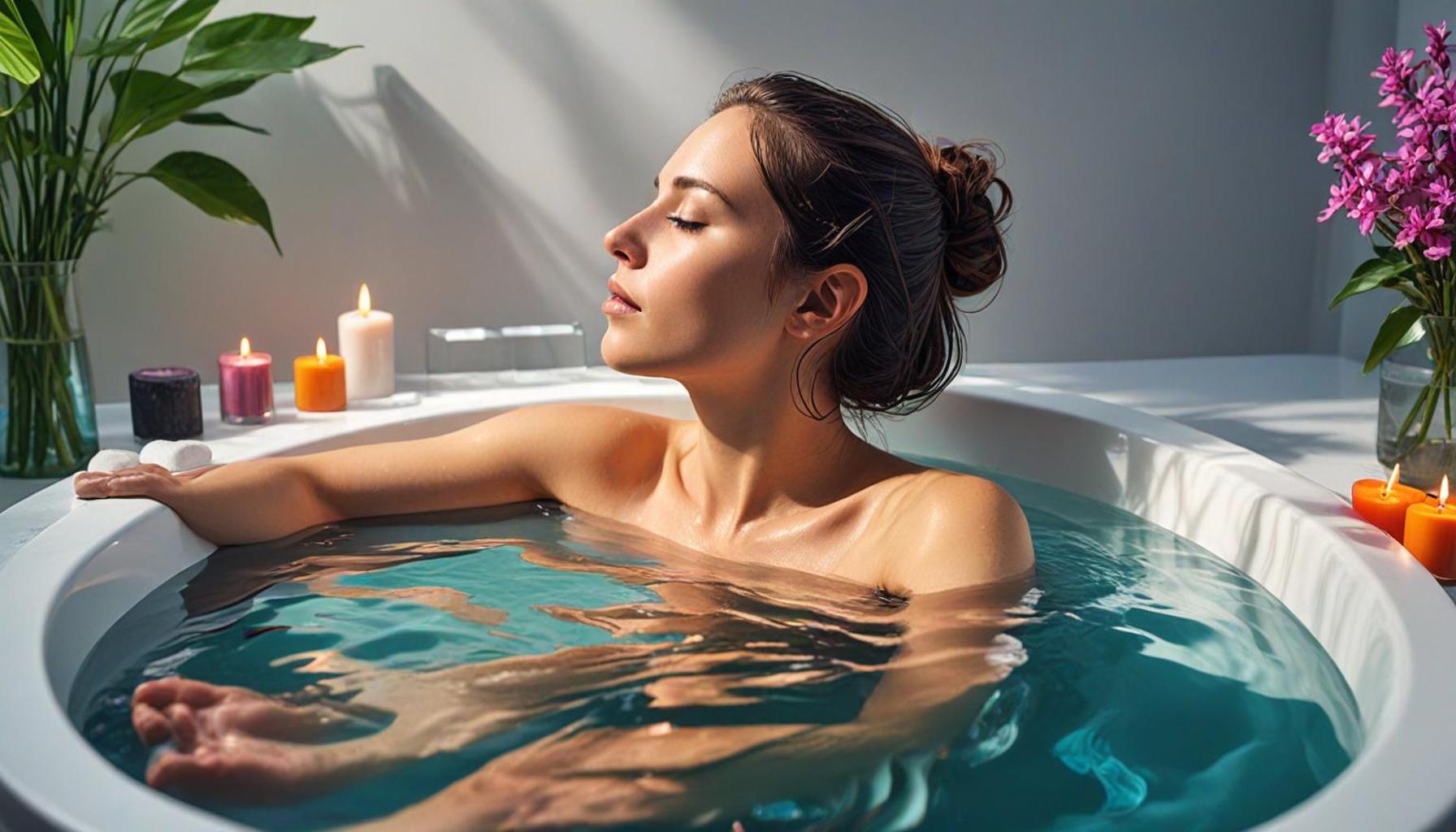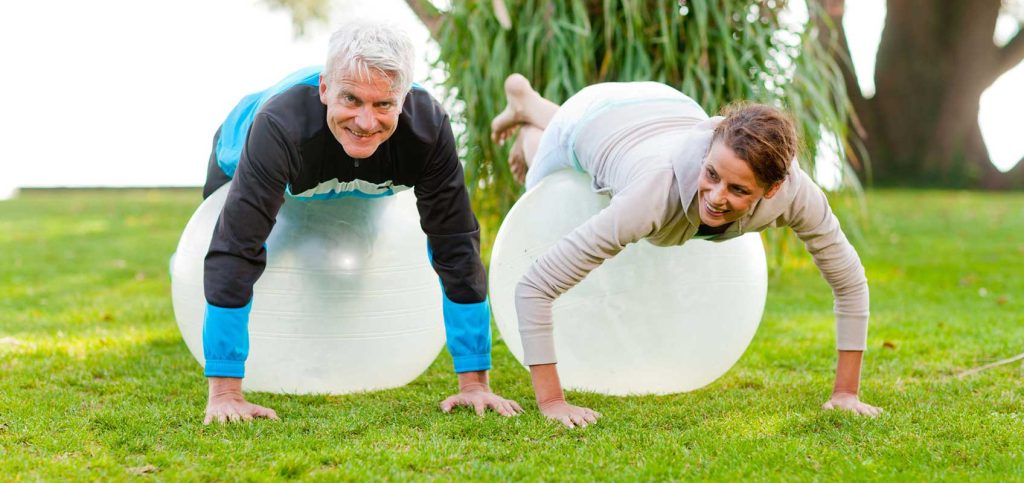Connect Body and Mind Water Therapy Meditation Techniques in Bath

A New Path to Inner Peace
In our fast-paced world, the relentless hustle and bustle of daily life often leaves us yearning for a touch of serenity. The constant barrage of notifications, responsibilities, and societal pressures can make moments of tranquility feel like a distant dream. As people seek innovative ways to reconnect with themselves and reclaim their mental well-being, there has been a surge in creative mindfulness practices.
The Rise of Shower Meditation
One such practice gaining momentum is Shower Meditation. Imagine turning your daily shower, often a mundane task, into a sanctuary of mindfulness. The soothing embrace of water cascading over you becomes a conductor of relaxation and healing. This practice involves embracing the here and now, ensuring your showers are not just about cleansing the body but nurturing the mind.
Combining Meditation and Water Therapy
Scientific studies suggest that water can invigorate the senses and promote physiological healing. The gentle pressure of droplets washing away the day’s stress aids both physically and mentally. By incorporating meditation techniques, such as focused breathing and visualization, into your bathing routine, you don’t just wash away physical grime but also mental fatigue.
Top 5 Techniques for Shower Meditation
- Deep Breathing Exercises: Focus on your breath as the water flows over you. Inhale deeply, holding the breath for a few seconds, and then exhale slowly.
- Visualization: Picture stress and anxiety being washed away, visualizing them swirling down the drain.
- Aroma Therapy: Use essential oils to enhance relaxation. Scents such as lavender or eucalyptus can provide a calming atmosphere.
- Body Scan: Pay attention to each part of your body as the water touches it, releasing tension stored in your muscles.
- Gratitude Reflection: As you shower, focus on positive thoughts or things you are grateful for, creating a mental space of joy and contentment.
Shower Meditation is not just a passing trend but a vehicle towards self-discovery and well-being. By combining the meditative state with water’s natural properties, individuals can explore a new level of mindfulness. If you’re seeking a practical yet profound way to infuse calm into your daily routine, embracing Shower Meditation might just be the
SEE ALSO: Click here to read another article

Connecting Body and Mind: Top 5 Shower Meditation Techniques Focused on Water Therapy
Shower meditation is an enchanting practice that combines the calming sensations of water with the meditative process, offering a dual benefit of physical and mental rejuvenation. The rhythm of water along with its soothing temperature can significantly enhance a meditative experience, transforming a routine task into a moment of tranquility and self-discovery. The following are five shower meditation techniques, presented from least to most effective, that can deepen your connection with both your body and mind.
5. Visualization Techniques
The journey to a more serene state of mind often begins with visualization, an elemental aspect of meditation that invites vivid imagery to foster relaxation and peace. As you step into the warm embrace of your shower, close your eyes and take a series of deep, calming breaths. Allow the steam to fill your senses, then begin constructing a mental image of a place where peace reigns—a delicate beach where the waves kiss the shore, or a lush forest where sunlight dances through leaves.
- Begin by finding your breath and embracing the present.
- Visualize the water as a stream, washing away tension and unwelcome thoughts.
- Create a mental landscape, rich in detail and color, to retreat into.
This technique serves as a gateway to detaching from daily stresses, offering a retreat for the mind. However, visualization in solitude may not fully engage the body’s other senses such as touch and sound, which can limit its effectiveness in fostering a holistic meditative state.
4. Mindful Breathing
A vital aspect of meditation is mindful breathing, a practice that allows deep connection between the breath and body. In the shower, focus intently on each inhalation and exhalation, syncing them with the sensations of water trickling down your skin. Begin by drawing a deep breath through your nostrils, feeling your abdomen rise, and releasing it slowly through your mouth, imagining every breath disperses stress and unease.
- Take full, deliberate breaths, attuned to your body’s natural rhythm.
- Picture tension leaving you with each exhale.
- Consider this as a repetitive practice to cultivate mental clarity and centeredness.
This technique serves as a grounding experience, helping to anchor thoughts and foster concentration. However, when used in isolation, it might not engage as deeply with other sensory experiences, thus benefitting from integration with other techniques.
3. Sound Meditation
Sound meditation utilizes the auditory elements of the shower to deepen the meditative state. The sound of rushing water becomes a focus point, peeling away layers of distraction and aligning the mind with the natural rhythm of water. Adding positive affirmations can accentuate this experience, fostering an atmosphere of self-assuredness. Repeat phrases like “I am resilient,” or “I am enveloped in calm,” letting each word resonate with the flow of water.
- Focus on the timbre and tempo of water, as if it were nature’s music.
- Integrate positive affirmations to align thoughts with strength and peace.
- Utilize ambient water soundtracks for a guided auditory experience.
Sound meditation engages auditory senses, promoting positive mental states. However, integrating this with other sensory techniques can enhance its immersive qualities, establishing a deeper mind-body connection.
2. Sensory Awareness
Among the most profound methods is sensory awareness, concentrating on the tactile sensations of water. Engage all senses by focusing on the experience: the warmth of the water against your skin, the scent of your soap, the sound of water droplets, and the steam’s soft embrace. Feel each sensation without judgment, acknowledging how the water interacts with different parts of your body.
- Notice the varying temperatures and textures of water on different body parts.
- Incorporate scents to heighten sensory involvement.
- Maintain mindfulness, keeping the mind present and attentive to sensations.
This technique transcends mere relaxation, nurturing an embodied experience that brings your awareness firmly into the present. It invites a deeper appreciation of the moment, fostering a meaningful connection with the self.
1. Integrating All Techniques into a Flow
The pinnacle of shower meditation involves integrating all elements for a comprehensive experience that unites mind and body. Begin with gentle, mindful breathing to ground yourself, shifting into visualization as the water flows. Engage auditory senses with the harmonics of water while feeling each droplet as it lands and trickles away. Incorporating all these elements leads to a synchronous meditative state where each part of you aligns with the other.
- Start with mindful breathings to center your thoughts.
- Visualize serene landscapes, mapping peace within.
- Attune your hearing to the natural waterfall of sound.
- Let touch guide your meditative awareness, mapping your sensations.
This holistic approach not only offers therapeutic benefits but also enhances emotional well-being, cultivating a profound sense of clarity and tranquility. By engaging in this integrated practice, you transform your shower into a sanctuary for the soul, perfect for nurturing peace and introspection amidst life’s demands.
| Category | Details |
|---|---|
| Mindfulness | Through bath meditation techniques, individuals cultivate a state of mindfulness, allowing them to connect deeply with their bodies and thoughts while immersed in water. |
| Relaxation Benefits | The soothing properties of water enhance relaxation, promoting overall well-being and reducing stress levels. |
| Therapeutic Properties | Water therapy plays a significant role in healing. It helps alleviate physical discomforts and promotes emotional balance by easing anxiety. |
| Creativity and Insight | Engaging in meditation during bathing can enhance creativity and lead to profound insights, as water has a unique ability to help one access deeper levels of thought. |
Exploring the intersections of the body and mind through water therapy is an expansive realm that invites individuals to delve deeper. When a person is present with their thoughts and feelings in a calming environment like a bath, the spontaneous flow of ideas often becomes pronounced. The sound and sensation of water can create a serene backdrop that allows creativity to thrive. Additionally, studies show that being in water can lower cortisol levels, leading to reduced stress. This physiological response can aid in emotional regulation, allowing for a greater sense of peace throughout one’s day. Moreover, the practice of incorporating meditation with bathing encourages a mindful lifestyle. It challenges individuals to be intentional in their self-care routines. Techniques such as focused breathing, visualizations, or simply being aware of the current moment can transform a mundane task into a fruitful practice of self-discovery and healing. Through these methods, one begins to understand the profound impact that simple elements—like water—can have on an individual’s mental and emotional stability. The waves of relaxation and insight that come when one engages with these techniques can be both restorative and enlightening. As interest in this holistic approach grows, many are seeking to uncover even more methods to harness the benefits of water and meditation in their daily routines. It’s a reminder that sometimes, the answers we seek may be found in the simplest of moments.
ADDITIONAL INSIGHTS: Expand your understanding here
Frequently Asked Questions
What are the benefits of combining meditation with water therapy in the shower?
Combining meditation with water therapy can enhance the benefits of both practices. Water acts as a natural relaxant, helping to reduce tension and promote calmness. When paired with meditation, it can aid in deeper mental focus and stress relief. The tactile sensation of water on the skin can also serve as a mindful anchor, keeping your attention in the present moment and helping to reinforce the connection between body and mind.
How do I practice meditation in the shower effectively?
To practice meditation effectively in the shower, begin by setting an intention for your session. Use the sound and feel of water as your focal point. Take deep breaths and pay attention to how the water touches your skin, the sound it makes, and its warmth. Allow intruding thoughts to flow away, like water slipping down the drain. Consistency and a mindful atmosphere are key—try to engage all your senses to stay present.
Can anyone practice shower meditation, or are there restrictions?
Shower meditation is accessible to most people as it doesn’t require special skills. It’s a versatile practice that can be tailored to individual needs, whether you are a beginner or experienced in meditation. However, those with mobility issues or sensitivity to water might need to seek alternative ways to connect body and mind outside the shower, ensuring their safety and comfort.
Are there specific times of the day that are best for shower meditation?
Shower meditation can be beneficial at any time of the day, depending on your personal schedule and needs. Morning sessions can help invigorate and prepare your mind for the day, while evening showers might aid in unwinding and relaxation. Choose a time that aligns with your lifestyle to maximize the therapeutic benefits of this practice.
RECOMMENDED: Check out this similar article
Conclusion: The Harmonious Blend of Water and Mindfulness
In a world bustling with distractions, finding moments to connect the body and mind is more crucial than ever. The integration of Shower Meditation offers a unique bridge between daily routines and mindful practices. This method is not only a testament to the accessibility of meditation but also highlights the multifaceted power of water therapy.
Throughout the article, we’ve delved into the transformative potential of combining meditative techniques with the rejuvenating qualities of a shower. Key takeaways include the method’s ability to aid in stress reduction, enhance mental clarity, and promote physical relaxation. Moreover, the sensory experiences inherent in showering—such as the sound of water, the sensation on the skin, and the warmth enveloping the body—naturally cultivate mindfulness.
The practice stands out as both practical and innovative, urging individuals to reconsider their time spent in one of the most routine parts of the day. By integrating intentional breathing exercises, visualization techniques, and a focus on the present moment, practitioners can transform their showers into sanctuaries of peace and introspection.
As you embark on or deepen your own meditation journey, consider how the simple act of showering can become a powerful ritual for connecting body and mind. This approach not only underscores the profound potential of everyday activities in fostering well-being but also invites further exploration into other ways water therapy can enhance our lives.
The possibilities are endless, and the journey to self-discovery, wonderfully ongoing. Embrace this new perspective with curiosity and intention, and find out just how transformative your next shower can be.


